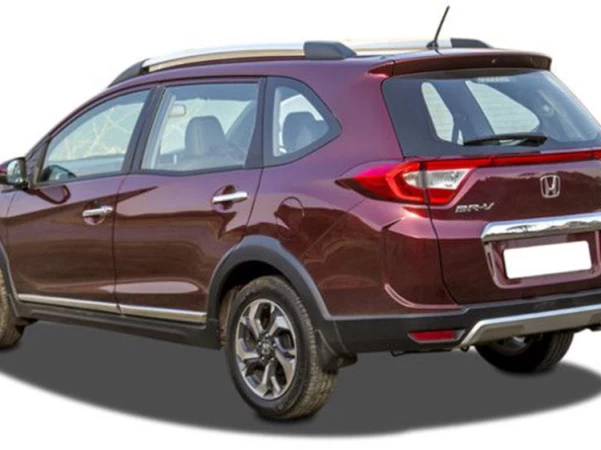
Come BS-VI era, Honda is expected to axe out its people mover, the BR-V, following the poor sales numbers and lower consumer demand. Now, in an ideal world, Honda would have prepped the launch of the facelifted BR-V – which was unveiled last year at the Indonesia International Motor Show – with a BS-VI engine. But, as sources suggest, that’s very unlikely to happen.
Sure, it will help reduce the toxic gases from the planet, but the enforcement of the BS-VI emission standards would result in less exciting cars and the discontinuation of various older models, which were simply a hoot to drive. For instance, the 1.3-litre Fiat-sourced diesel that served as a reliable engine over the years was discontinued early this year, since it will not be upgraded to match the new emission standards. Damn, what an era!
Making the earth a better to place to live, however, is a bigger concern than making us enthusiasts rejoice. Getting back to the BR-V now, it is also expected to be discontinued, for Honda believes the sales numbers aren’t viable enough to introduce the facelift with a cleaner engine. So, before it’s discontinued at the end of this month, Honda is offering a huge discount on its people mover. Here’s a complete lowdown.
Specifications
On the face of it, the Honda BR-V looks contemporary and butch, thanks to the use of rugged bumpers and plastic cladding. As far as the overall dimensions are concerned, the BR-V is 4,453mm in length, 1,735mm in width, and 1,666mm in height. Moreover, it has an impressive wheelbase of 2,662mm. The ground clearance, too, is impressive at 210mm. It has a kerb weight of 1,199kg, fuel tank capacity of 42-litres and a boot space capacity of 223-litres.
At the heart of the India-spec Honda BR-V are two engines, a petrol and a diesel. Let’s just say the Honda BR-V uses the same powertrains as the Honda City, for the entry-level engine is the company’s 1.5-litre four-cylinder i-VTEC unit, good for 119bhp and 145Nm of torque. It comes mated to either a 6-speed manual or a CVT automatic gearbox. On the other hand, there is the 1.5-litre four-cylinder i-DTEC engine, which produces 100bhp and 200Nm of torque and comes mated to a 6-speed manual transmission.
Both engines, as of early-2020, are compliant with BS-IV emission standards. Honda is expected to update both the engines to meet the new emission standards. Whether or not we’ll see the BS-VI compliant versions of both these engines under the hood of the BR-V remains to be seen.
Mileage
The BS-IV versions of the Honda BR-V are decently frugal. The diesel-manual here is, of course, the most frugal at 21.9km/l. The petrol derivatives of the BR-V are good for 15.4km/l (with the manual gearbox) and 16km/l (with the CVT gearbox).
Features
On the features front, however, the BR-V isn’t as loaded as some of its competitors. While the facelift unveiled last year was decently equipped, the ongoing India-spec model needs an equipment upgrade.
For instance, there is no touchscreen infotainment system here, while it only gets a 2-Din system with Bluetooth, iPod and AUX connectivity. It does get a push-button start, climate control, leather-wrapped steering, and some other goodies, to say the least.
Colours
The BR-V, as of early-2020, comes in five shades, namely, Carnelian Red Pearl, White Orchid Pearl, Golden Brown Metallic, Alabaster Silver Metallic, and Modern Steel Metallic.
Brochure
All the details regarding the Honda BR-V, namely, the engine, specifications, variant wise equipment, colours, dimensions, interiors, and exterior details are extensively covered in the brochure.
Variants and Prices
As of early-2020, the Honda BR-V is available in eight variants, with four variants for the petrol-manual, one variant for the petrol-CVT and three variants for the diesel-manual. The prices start at Rs. 9.53 lakhs for the E Petrol variant going all the way up to Rs. 13.83 lakhs for the VX Diesel variant (both prices ex-showroom, Delhi). For the variant-wise on-road prices, visit us at autoX.
For more on the Honda BR-V, be sure to tune in to autoX.